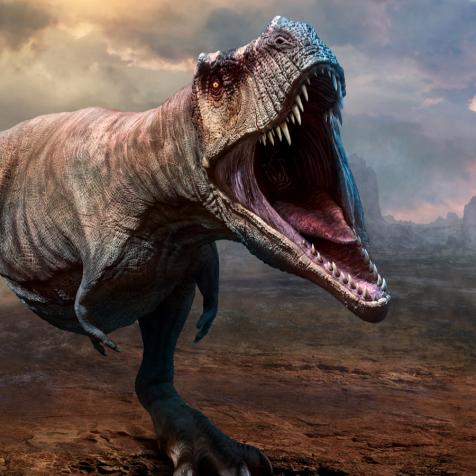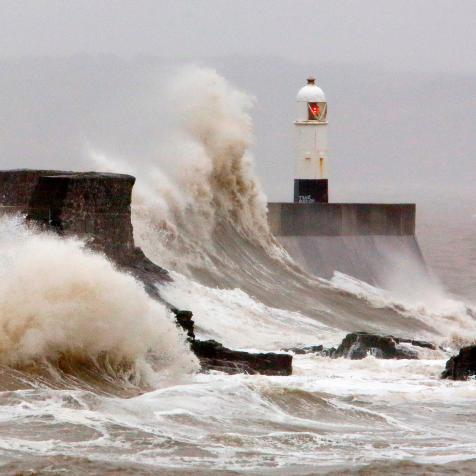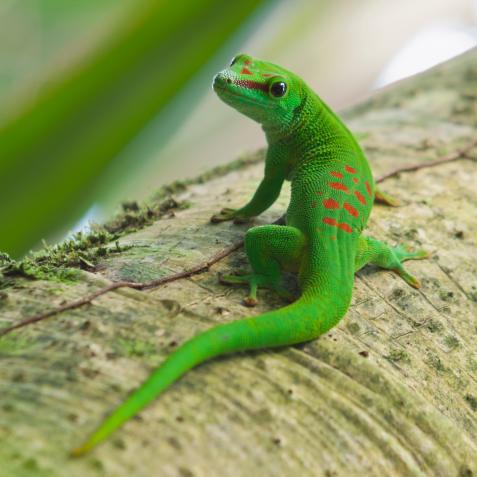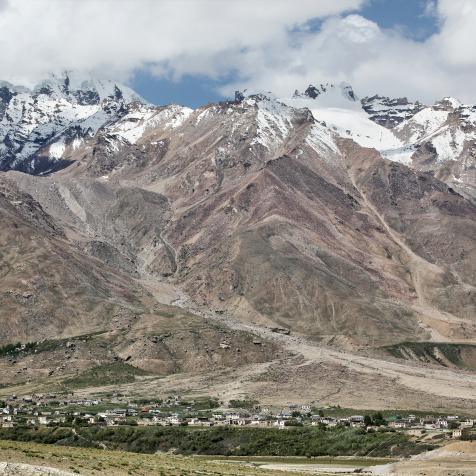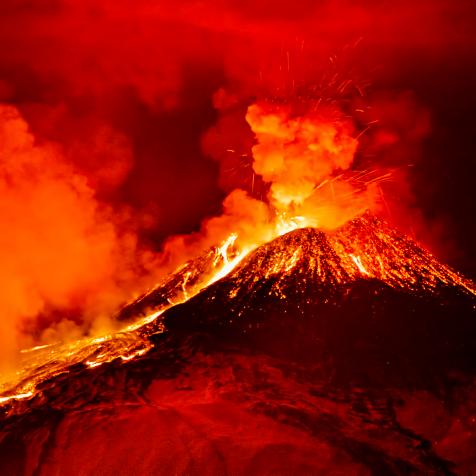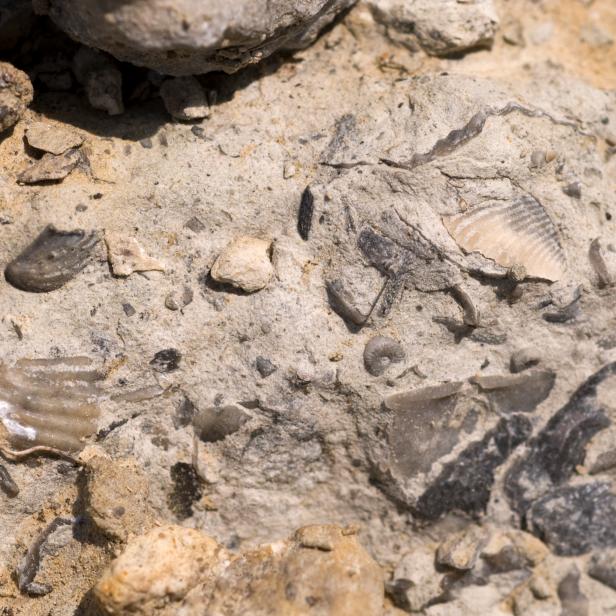
Getty Images/NNehring
One Way to Tell the Difference Between a Rock and a Fossil Is to Lick It
There's no need for fancy, how powered equipment with this method.
To the untrained eye, a collection of small fossils might as well be a pile of pebbles. Actually, even to the trained eye, it's hard to distinguish between the two. So, how can you make sure you're bragging about a styracosaurus ankle and not driveway gravel? It's tough. Looking at it probably won't get you anywhere, but licking it might.

Claire E. Terhune
Location, Location, Location
The first thing to ask when determining if you have a fossil on your hands or just disappointment: Where am I? If you picked up a peculiarly shaped rocky item next to your mailbox in northern Wisconsin, we hate to be the bearers of bad news, but that's probably not a piece of dino. Just put the pebble down, please. Real fossils will only turn up in particular rock formations in certain areas around the world.
Using data from the Paleontology Database, this (very cool) interactive map can show you everywhere on Earth where dinosaur fossils have been found. (Of course, before breaking ground in a dino-heavy region, make sure you're obeying the law. It's also worth mentioning that trained paleontologists are much better equipped to handle excavation sites and specimens. Duh.)
How Many Licks Does It Take?
So, now you're in a location where it would make sense to come across dinosaur fossils. Great. Without cracking into the specimen to investigate the inside, it can be very difficult to determine what is and what is not fossilized dinosaur bone. Although it should be used as a last resort test method, you could, uh, lick it. You don't have to all-out French it, just quickly jab the tip of your tongue at the thing. If your tongue sticks ever so slightly to the fossil-in-question, there's a good chance it could be fossil bone. If it doesn't, you just licked a dusty ol' rock, dude.
Back up. We agree, licking maybe-ancient maybe-fossils doesn't sound like a thing you should be trying. But for seasoned geologists, licking specimens is an average day on the job. According to The Earth Story, poking your tongue at a sample for taste and consistency can give you specific valuable information: "There is sylvite, a mineral closely related to halite, but with an even more pungent, disgusting salty taste. Then there are the "sticky" minerals, like chrysocolla or kaolinite (a type of clay), which make up in texture what they lack in taste. Their flavor is not distinctive but these minerals will stick to your tongue when you give them a lick — a dead giveaway."
The dino fossil lick will be stickier than a stone slobber because of the porous nature of bone. As the organic material of the dinosaur (guts, muscles, fat, etc.) breaks down over time, the inorganic stuff will stick around longer. These parts of the bone were made of minerals like calcium, which leaves a fragile, porous mineral in the shape of the internal bone structure. After licking your fossil, the next step is to seek out a cold glass of water. Unless you've been craving fossilized bone for dinner.
This article first appeared on Curiosity.com.










